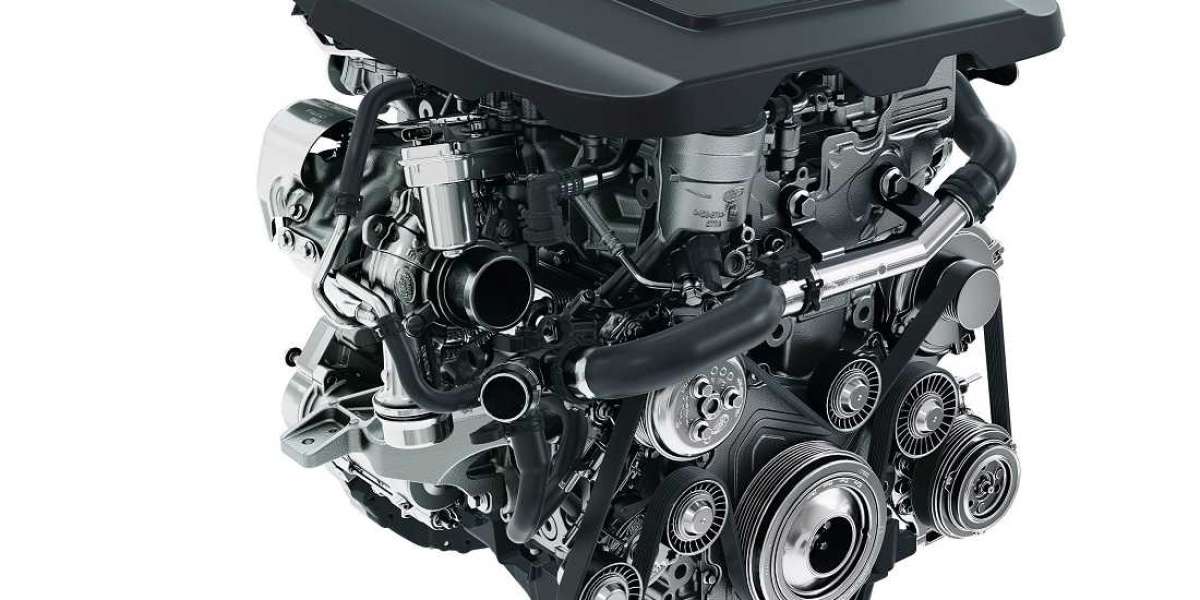Reconditioned Engine Expert can breathe new life into an old vehicle or improve performance and reliability. Here are some expert tips to guide you through the process:
1. Assess the Engine’s Condition
- Compression Test: Start with a compression test to evaluate the health of the cylinders and valves. This will help determine if there are any significant issues with the engine’s internals.
- Leak Down Test: Perform a leak down test to identify where compression is being lost, whether through the valves, pistons, or head gasket.
- Visual Inspection: Check for obvious signs of damage or wear such as oil leaks, cracks, and corrosion.
2. Disassembly
- Organize Parts: As you disassemble the engine, keep parts organized and label them. This will make reassembly easier and ensure that nothing is misplaced.
- Clean Thoroughly: Clean each part as you disassemble it to remove dirt and debris. This will help you identify wear and damage more easily.
3. Evaluate and Replace Worn Parts
- Pistons and Rings: Check for wear and replace if necessary. Worn pistons and rings can lead to poor compression and oil consumption.
- Bearings: Inspect crankshaft and rod bearings for wear. Replace them if they show signs of excessive wear.
- Valves and Seats: Check the condition of the valves and valve seats. They may need to be re-seated or replaced if they are damaged.
4. Reconditioning Procedures
- Cylinder Honing: Hone the cylinders to create a proper surface for new piston rings. This helps in maintaining good compression and oil control.
- Head Reconditioning: The cylinder head may need resurfacing to ensure it’s flat and true. Also, check the valve guides and seats.
- Crankshaft Machining: If the crankshaft is out of spec, it may need to be ground down to a smaller size and fitted with undersized bearings.
5. Assembly
- Use New Gaskets and Seals: Replace all gaskets and seals to prevent leaks and ensure a proper seal.
- Torque Specifications: Follow the manufacturer’s torque specifications for bolts and fasteners. Using a torque wrench is crucial for proper assembly.
- Lubrication: Apply assembly lube to moving parts before reassembly to reduce friction during initial startup.
6. Testing and Break-In
- Initial Startup: Start the engine and let it idle while checking for leaks and listening for unusual noises. Make sure the oil pressure is within normal ranges.
- Break-In Period: Follow the recommended break-in procedure for new or reconditioned engines. This often involves varying the engine speed and avoiding full-throttle acceleration for the first few hundred miles.
7. Maintenance
- Regular Oil Changes: Keep up with regular oil changes to ensure the engine stays lubricated and free from contaminants.
- Monitoring: Pay attention to engine performance and listen for any abnormal sounds. Address any issues promptly to avoid further damage.
8. Documentation
- Keep Records: Document all work done, including parts replaced and procedures followed. This can be valuable for future reference and resale value.
Reconditioning an engine is a detailed and labor-intensive process, but with careful attention to detail and proper procedures, you can significantly extend the life of the engine and improve its performance.






